
Pour a glass of sake stock photo. Image of dishes, asia 189211670
If you order nihonshū (sake) by the glass rather than in a bottle or flask for the table, your server may bring an empty glass to the table, set it inside a masu, and then pour away from a large bottle into the glass until the sake overflows and spills into the box below. In a variation, the glass may be set atop a saucer rather than a box to.

Glass Sake Set Six Pieces By Rendy Shop UK
Sake isn't merely a delightful drink; it's also a source of several health benefits. Here's why you might want to incorporate a glass of sake into your dinner routine: Rich in Amino Acids. One of the star components of sake is its amino acid content, which is much higher than that found in other alcoholic beverages.
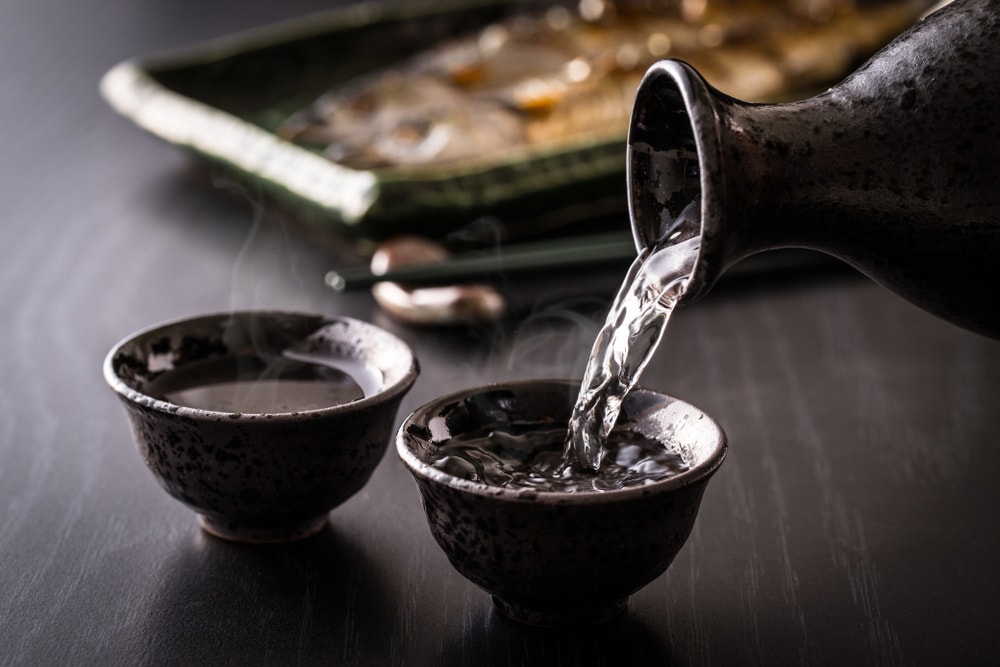
How to Pair Sake with Food Roka Akor
One vessel that experts do reject is the cedar box in which many stateside Japanese restaurants serve an overflowing glass of sake; the drinker is meant to sip the spill from the box. The excess expresses hospitality, but the fragrant wood can mask the sake's flavor. Cup sake, on the other hand, is a gimmick that works: These low-cost sakes.
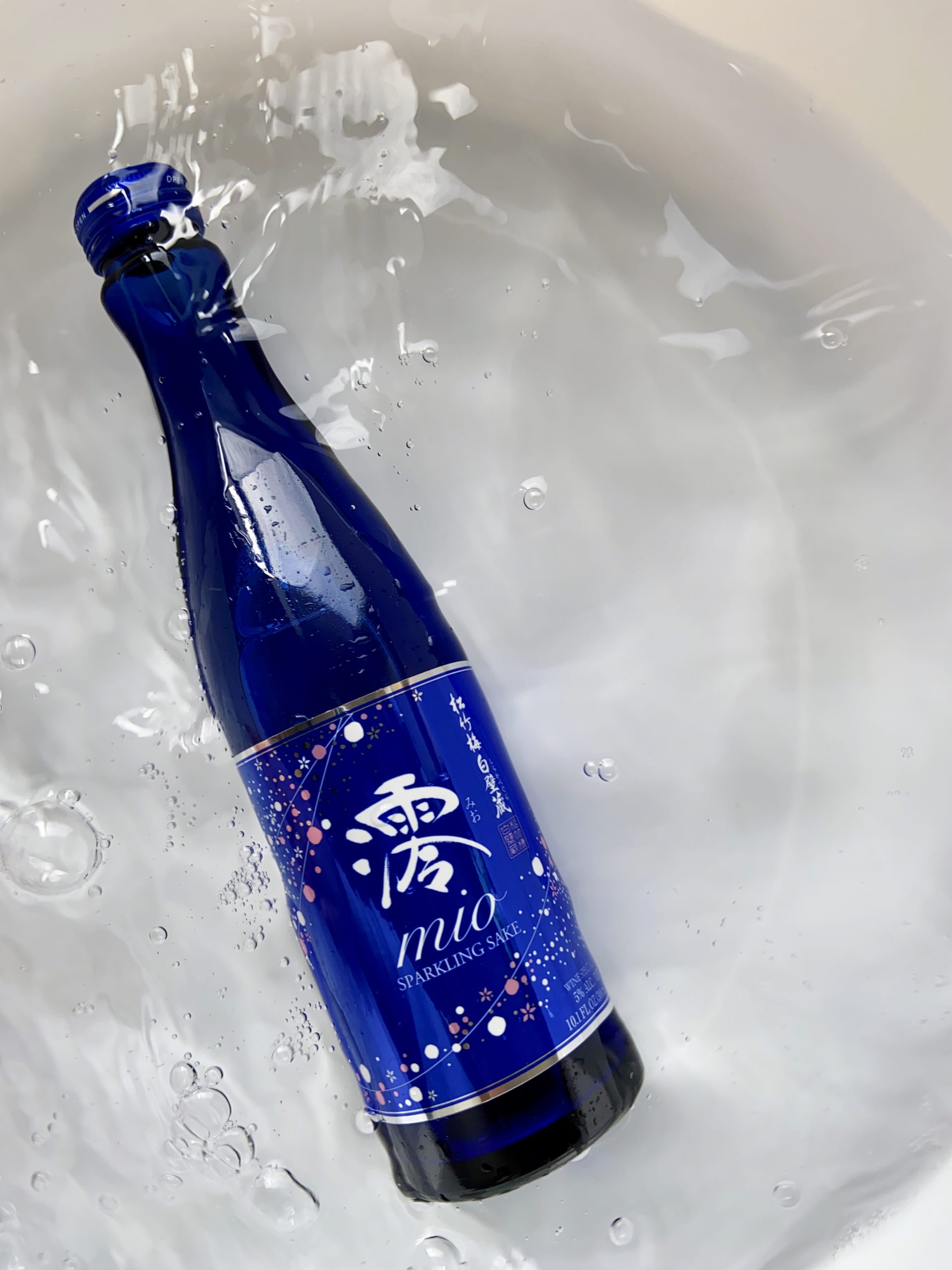
Sake Splash Mio Sparkling Sake
A glass of otoso, a type of sake traditionally served at New Year to celebrate and to encourage good health in Japan. Photograph by Akiko Aoki, Getty Images. Four places to drink sake in London. 1.
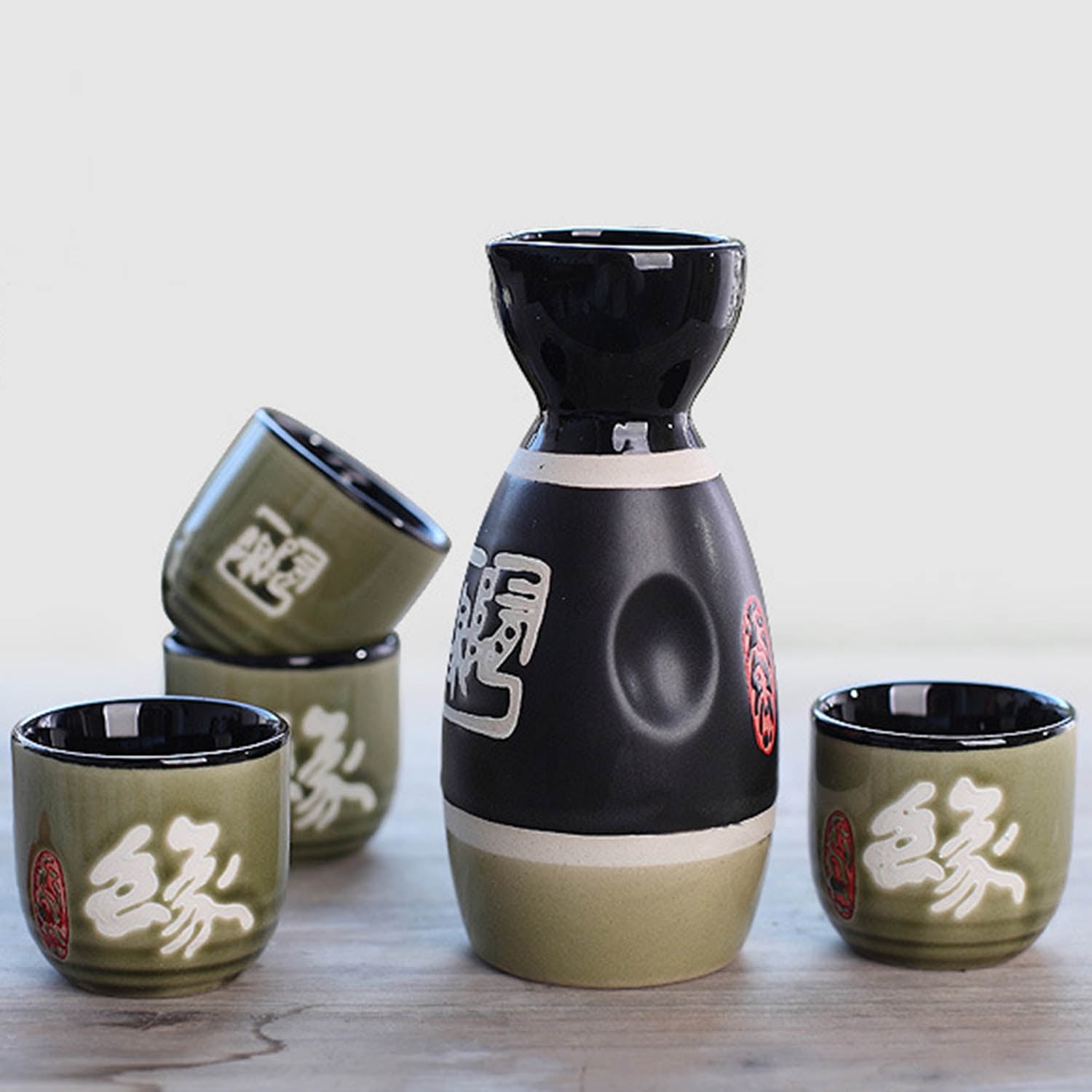
CoreLife Sake Set, Traditional 5Piece Porcelain Ceramic Japanese Sake
Junmai. Junmai refers to pure rice (純米) (non-additive) sake. The only ingredients used are water, rice, koji and yeast - with no added alcohol. This classification also means that the rice used has been polished to at least 70 percent. Junmai sake tends to have a rich, full body with an intense, slightly acidic flavor.

Kosher Sake Pours Into Japan
The glass enhances the flavor of the sake and is especially recommended for cold sake. The thin rim of the glass gives the drink a smoother texture. Glasses are especially good for high-quality, delicate sake, as they allow for the subtle flavors of the drink to be enjoyed. The glass best catches the aroma of fruity, light-bodied sake.
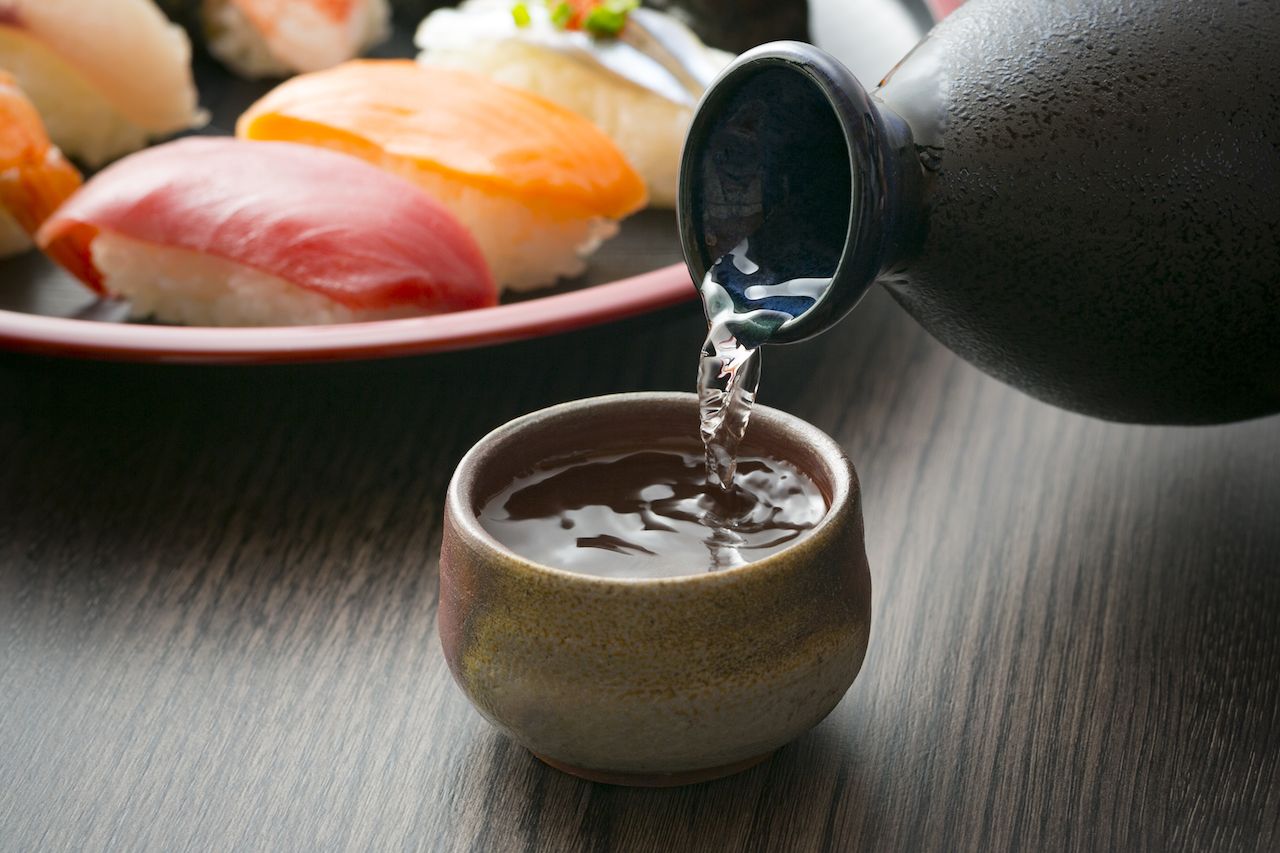
Japanese Sake How To Serve and Drink Sake According To Tradition
It is brewed using highly polished sake mai rice, water, a mold called Aspergillus oryzae ( also used in the fermentation of soy sauce), and yeast. Fine sakes are aged for a year or more, and most.
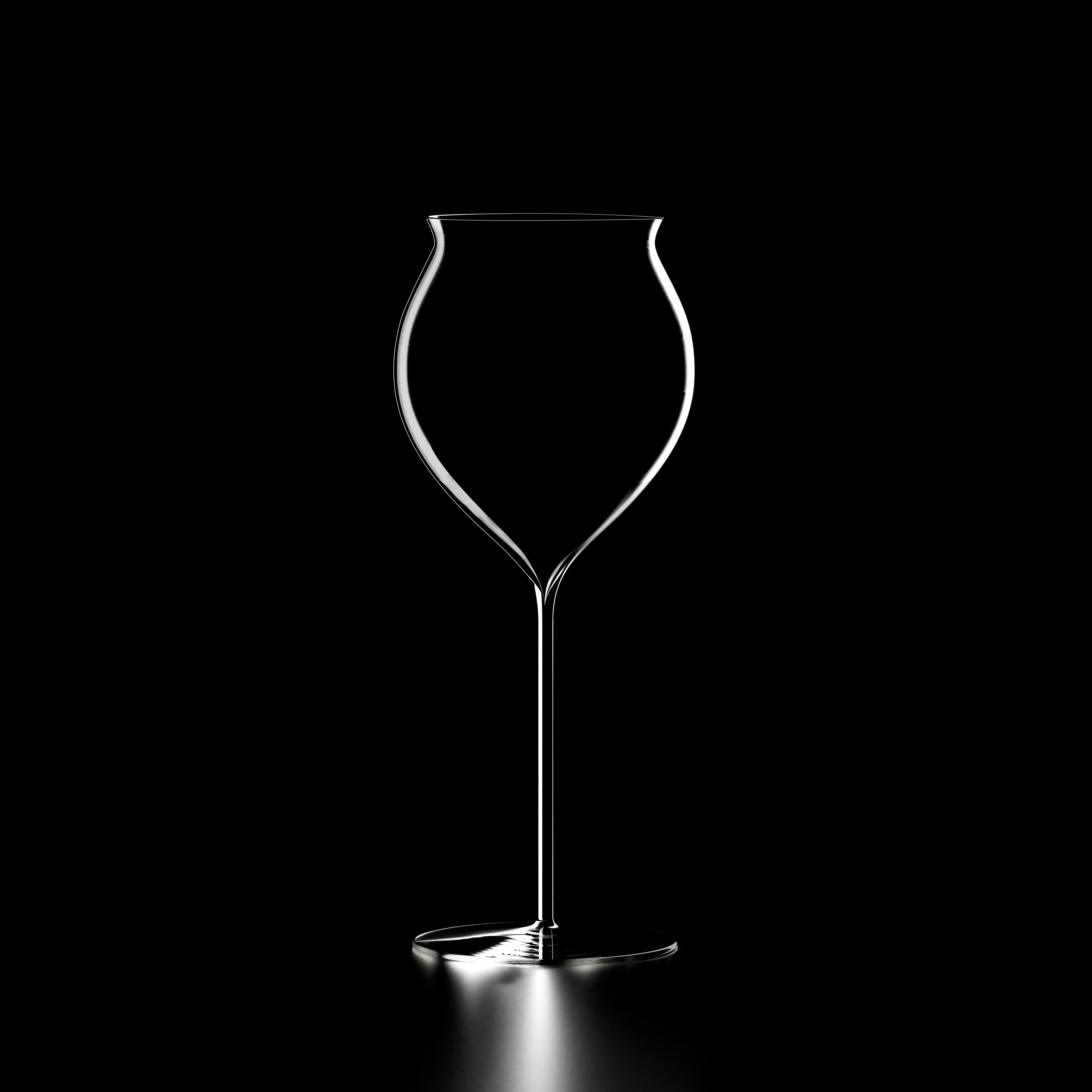
Sake PICLA
The ochoko is one of the most popular sake cups. It is a small, round cup that can be made from various materials. An ochoko can hold anywhere from 18 milliliters-72 milliliters of liquid. In size, they may resemble a shot glass. Unlike a shot glass, the ochoko's intended function is for sipping sake rather than gulping it down.

Izakaya Sake Glass Set of 6 by Chef's Armoury
These varieties, which include ginjo, daiginjo, junmai, and namazake, should be served between 40 °F (4 °C) and 50 °F (10 °C). Serve these directly from the refrigerator. 2. Fill a bowl with the boiling water. When the water has boiled, pour it into a medium-sized glass, metal, or ceramic bowl.
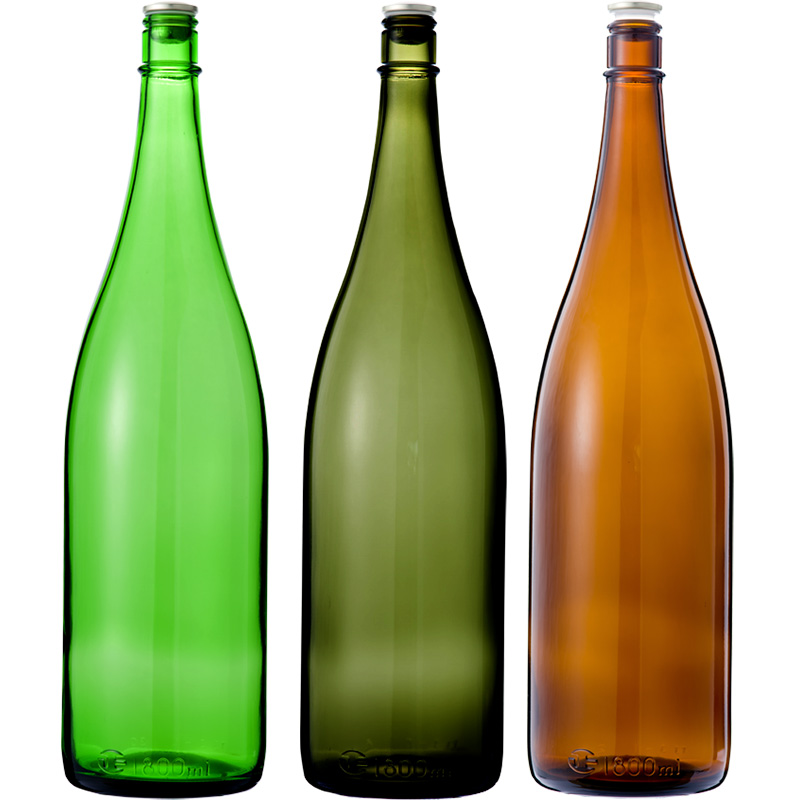
GLASS BOTTLE SHOP Rakuten Global Market Glass bottle liquor bottle
The average sake has an ABV of 15-16%, whereas the average bottle of wine is between 13-15% ABV. It's definitely stronger than a beer, which typically falls in the 5% ABV range. Sake is less boozy than straight liquor like whiskey or vodka, which typically contains 40% ABV when consumed by itself.
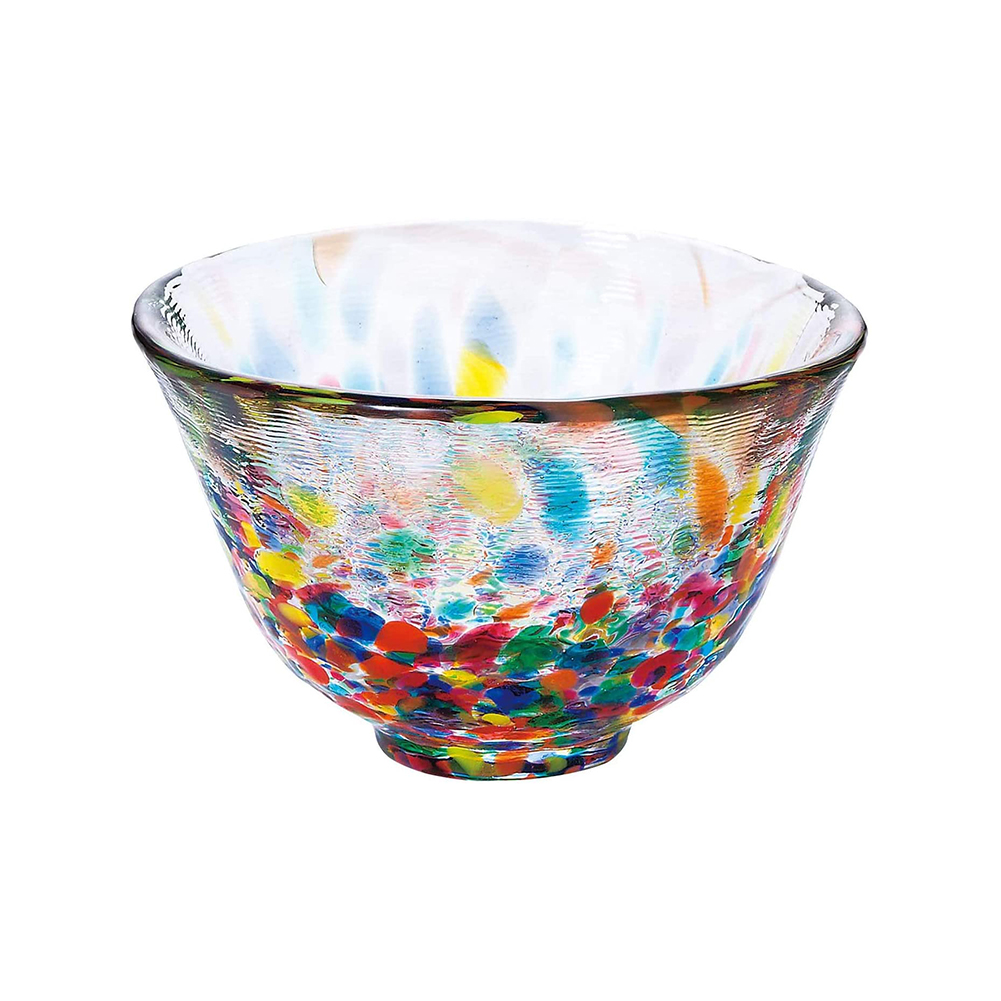
Tsugaru Biidoro Handcrafted Glass Sake Set IPPINKA
Sake is traditional Japanese grain alcohol and the national drink of Japan. It's made by fermenting polished rice. Polishing rice removes the bran, and the more polished the rice is, the finer the sake tends to be. Historically, sake dates back to at least the 8th century and quite possibly even earlier. Many people know sake as rice wine.
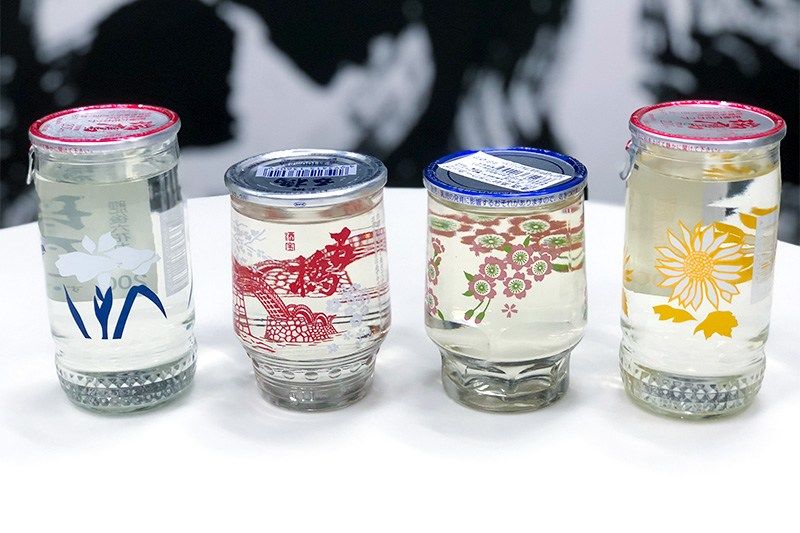
Leave the Bottle Behind! Raising a Cup to Japan’s SingleServing Sake
Ochoko are almost always small, with a capacity of around 20-90ml (⅔. to 3oz), and often look about the same size as a shot glass. You will regularly see them alongside a sake bottle, called a tokkuri (徳利). Goma Bizen Ware Sake Set by Hozangama, available at Japan Objects Store. You might also come across ochoko with two blue rings inside.
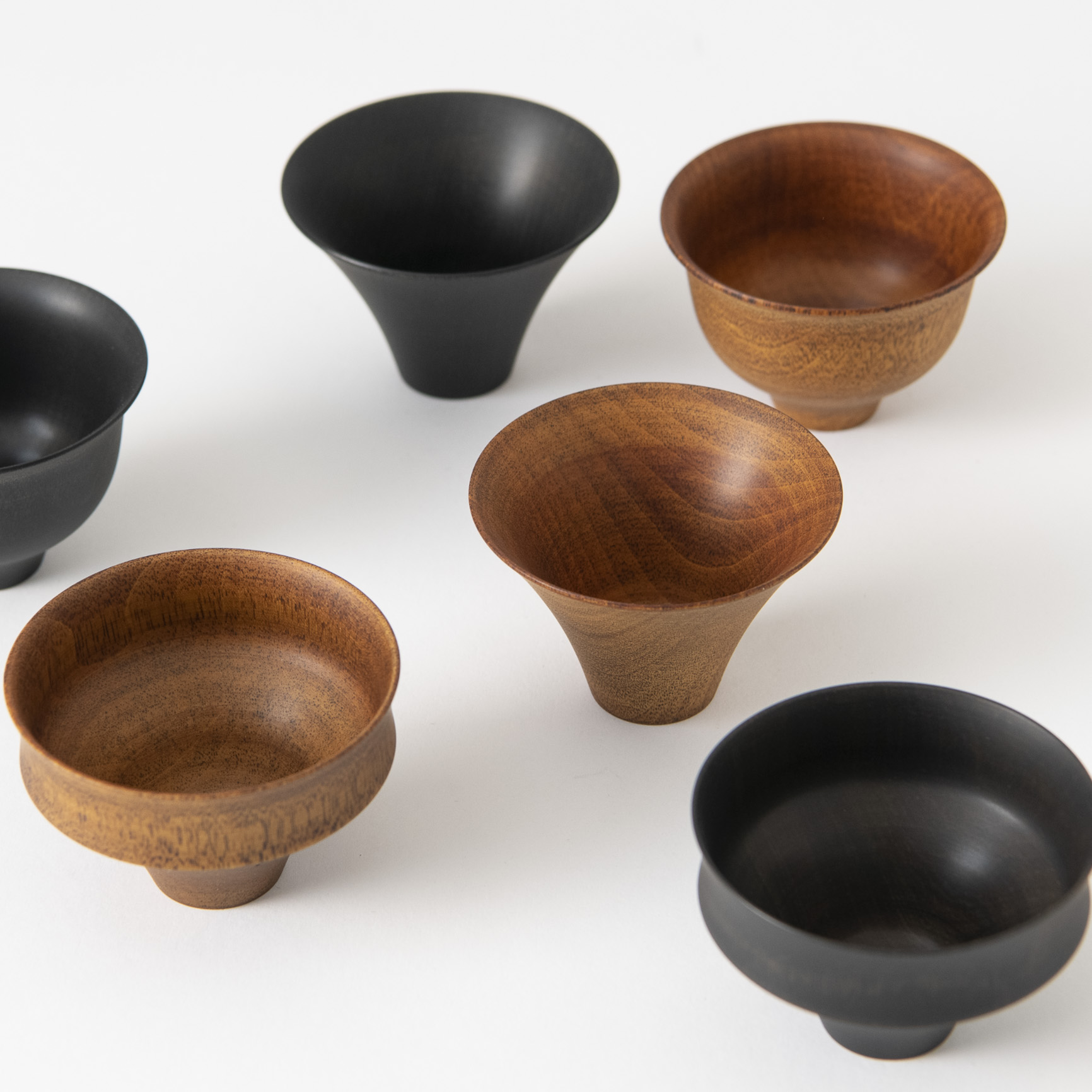
Different Types of Japanese Sake Cups and Their Advantages MUSUBI
It is recommended that a glass of sake should be around 6 ounces, but consumed over many small cupfuls. ZENS has created a variety of sake glasses and cups. With a nod to Japanese traditions, their servings vessels are made of frosted glass to slightly obscure the sake so when it is getting close to empty, you are still focused on the.
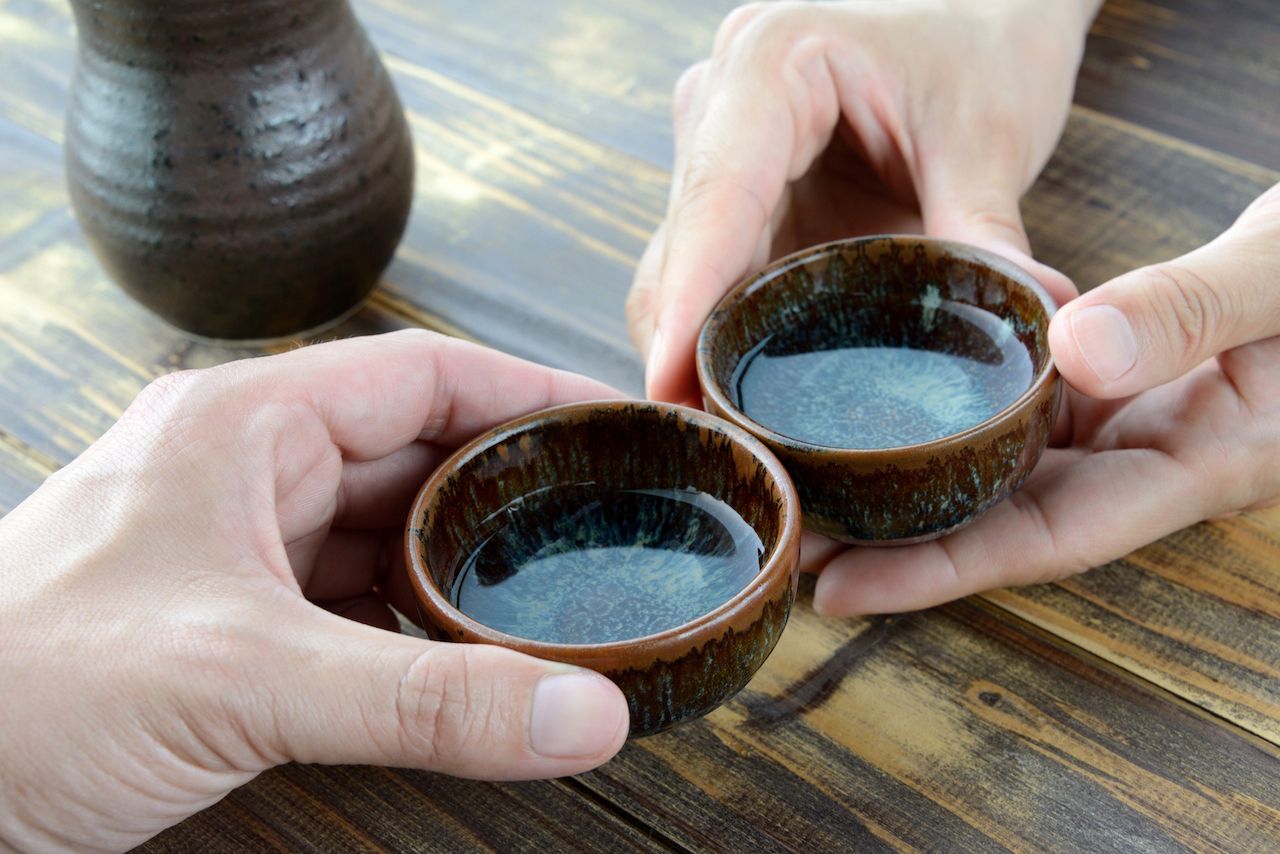
Japanese Sake How To Serve and Drink Sake According To Tradition
Room temperature and chilled sake are typically served mokkiri style, and the narrower glass sake cups that rest in the masu are designed to focus on the flavor of the sake over the aroma. First, drink the sake from the glass, then, you can either pour the overflow sake back into the glass, or drink straight from the masu.

Pour a glass of sake stock photo. Image of dishes, asia 189211670
The oldest sake cup style, the wide-mouthed sakazuki continues to be the ceremonial favorite. Shallow but dramatic, this cup is most formally lifted to the mouth with two hands: one to hold the bottom of the cup and the other to hold it on the side. Available in a number of sizes from the most minute to a large showpiece, the sakazuki most.
/GettyImages-561129715-56a541ee5f9b58b7d0dbeda9.jpg)
Sake Drinking Tips, Types, and Etiquette
A glass of sake will be put in a masu at major Japanese events such as birthdays, weddings, anniversaries, or holidays. Masu is a little cedar wooden box that complements historically made sake since it was formerly brewed in wooden barrels..